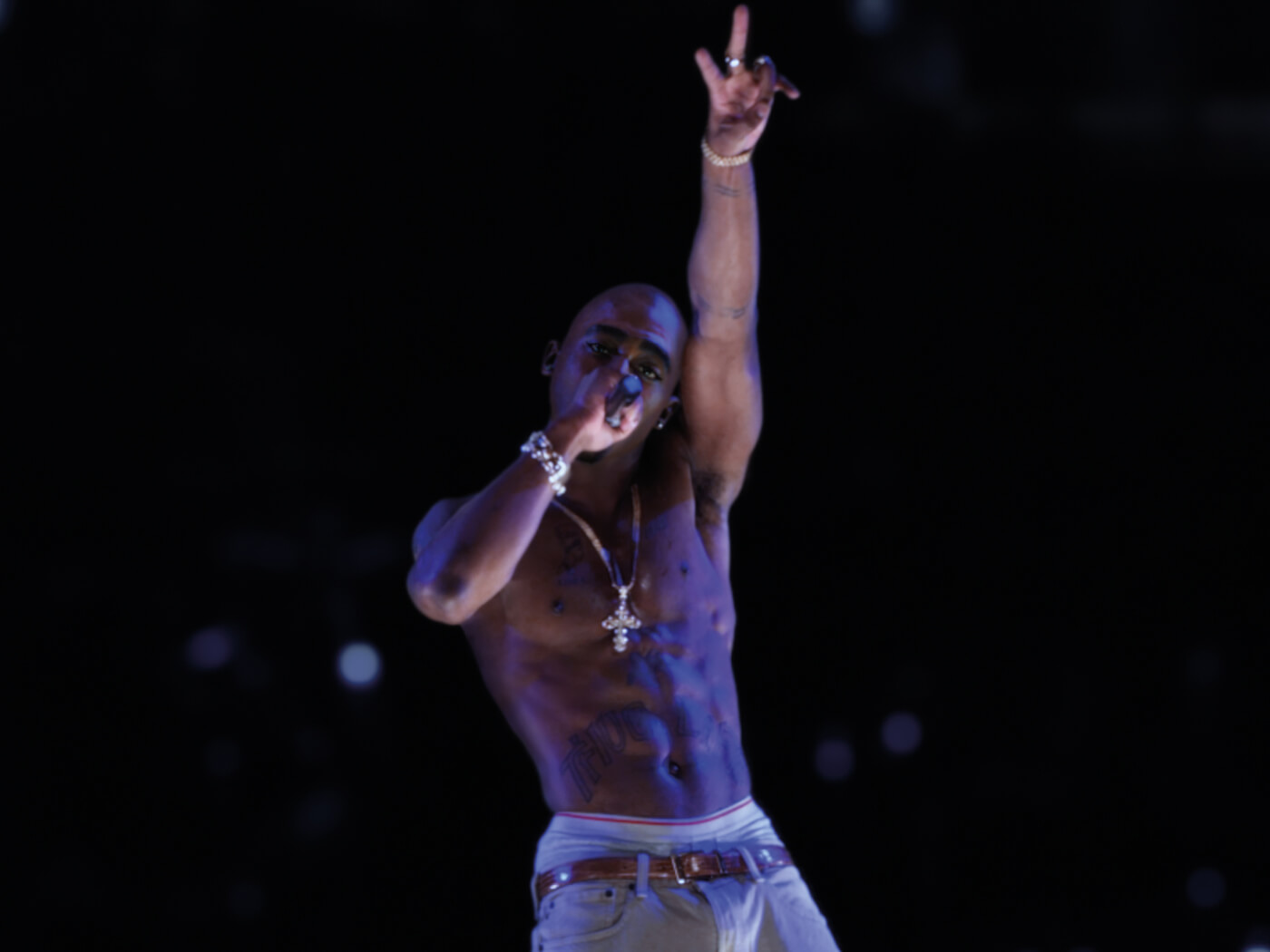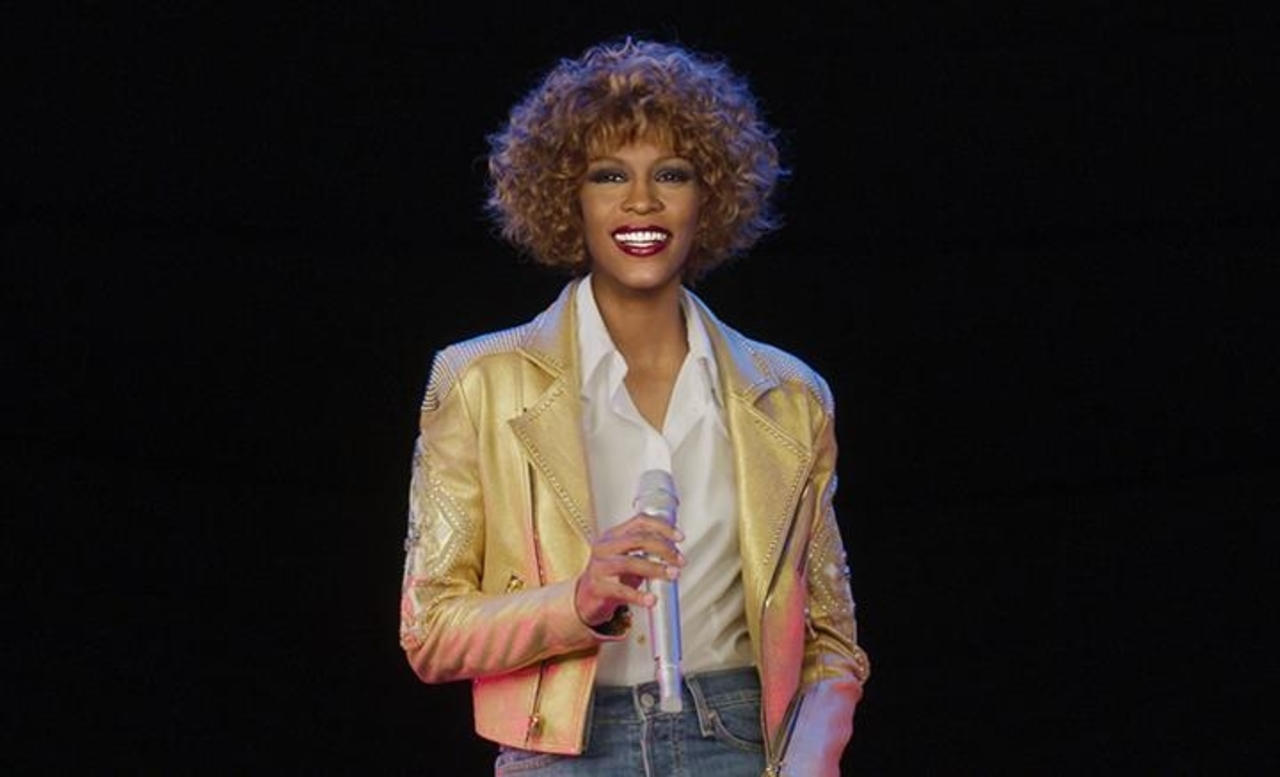It’s been eight years since American rapper Tupac Shakur, appeared on stage at Coachella. And at that time, it wasn’t even the holograms that we are accustomed to today. In fact, in a brief celebrity feature on Wired, writer Jimi Famurewa called it a “low-tech piece of razzmatazz” akin to ghosts you see in Disney World’s Haunted Mansion ride.
Still, the re-appearance of Tupac inspired a number of companies to have their own hologram artists “tour” the world. In the years that followed Coachella 2012, the music industry has experimented a lot with holographic tech and 3D modeling to enable the re-appearance of these otherwise deceased artists.
This is another case of technology expanding our everyday lives. And along with this, Special Counsel’s overview of eDiscovery laws highlights how the legal world has had to adapt to new laws and guidelines to protect individuals. After all, with all this digital content at our fingertips—from social media and texts, to photographs and holograms—there has to be a way to protect its creators. Therefore, it comes as no surprise that these concerts are running into some legal issues.

(Image Credit: MusicTech)
Right of Publicity
The right of publicity simply talks about the right to use someone else’s image to sell something. Although companies parade their tours as a “tribute” to the deceased, it doesn’t change the fact that they profit from it. Some states like New York have specific laws that prohibit granting the right of publicity to the dead. As such, these hologram concerts may not be held in these particular locations.
Trademarks
Not to be confused for right of publicity, trademarks require permission to avoid wrong endorsements or out-of-character sponsorships. One example of this is using a deceased artist’s hologram to support a particular opinion, or even perform mannerisms that they weren’t known to do while alive. Of course, because the artists are deceased, there’s no way to tell if they would have actually reacted that way. As such, it’s important to run it through their family members or estate.
Copyright
Believe it or not, possibly the least controversial out of the three is the right of copyright. Traditionally, an artist signs a contract that allows a record company to use their songs. However, how do you go about this when they’ve been deceased for over seven years? Simple, you ask for permission from a family member. Afeni Shakur permitted the use of Tupac’s image for the concert, and the ones responsible, Snoop Dogg and company, even donated money to the Tupac Amaru Shakur Foundation as a thank you.
Then again, this business where rights to deceased artists are being sold left and right, have done little to respect the privacy of these individuals — and no law can protect them from that.

Whitney Houston Hologram Tour
More Than a Tribute
Like it or not, hologram concerts are more than tributes to the dead — they’re working business models. Base Hologram, the largest production company for holographic performances, has helped the top 100 concert tours alone grow to more than $65 billion globally, according to concert numbers on Pollstar. Lately, holograms have also been used as replacements for instances where the artist is unable to make an appearance.
With technologies like 5G, which has been recently introduced to New Zealand, and with digital imaging coming into play, along with no laws to stop them, it’s safe to say that we’ll be seeing more of these hologram concerts in the near future. In fact, you’ll get to witness Whitney Houston, who died of heart disease in 2012, “live” in her upcoming concert in March 2020. The event, called “An Evening with Whitney,” will feature a stunning mix of holograms and mixed media performances to honor the artist during her prime.

